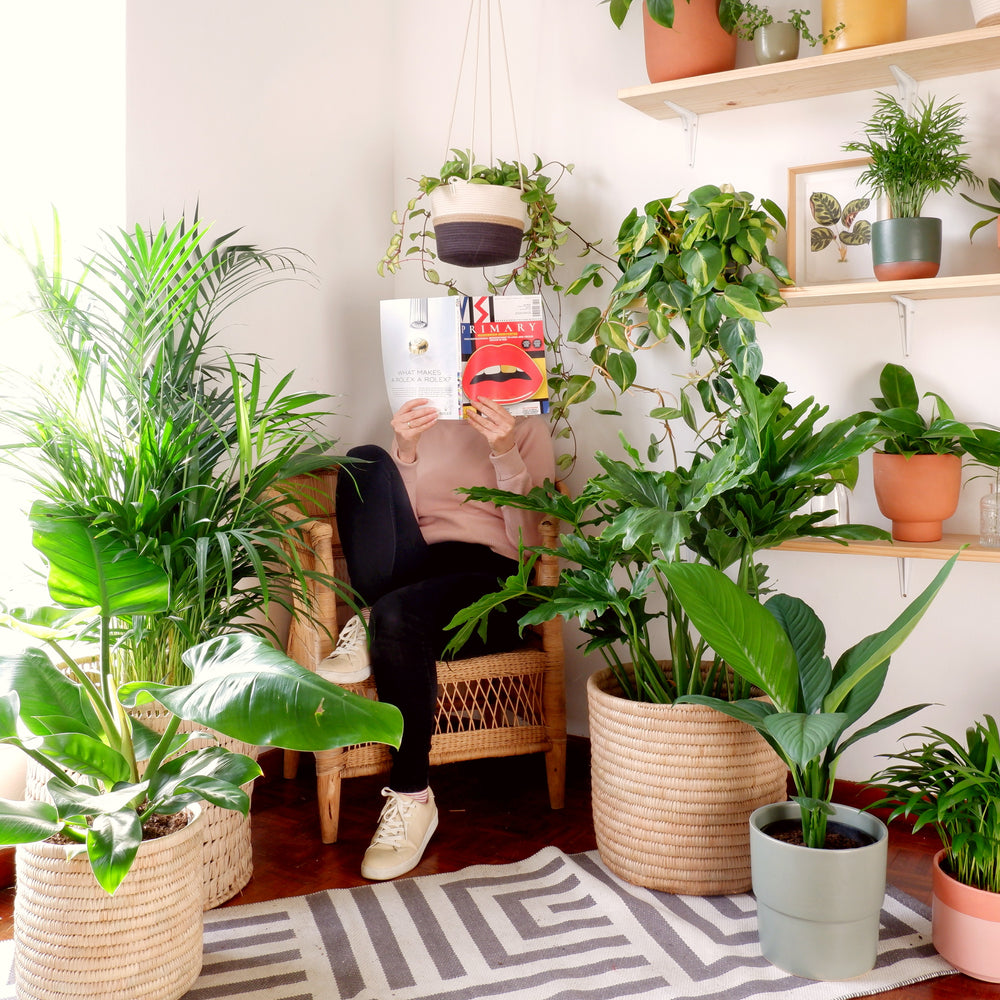Plant Pest - Spider Mite
Common Name: Spider Mite or Red Spider Mite
Scientific Name: Tetranychidae
Spider Mite can wreak havoc in a plant collection when not monitored and kept under control. They are a common Pest found both in indoor environments as well as outdoors in the Garden, especially in hot dry environments, and often extremely hard to spot.
Spider Mite are not true insects and are actually a vegetarian relative to Spiders, Scorpions and ticks. Due to this family tree, it can often be hard to rid your precious plants of these minuscule creatures with conventional insecticides, and it can be better to treat them with a targeted miticide. The best way to spot Spider Mite is to look for fine webbing on the stems and undersides of leaves, as they form colonies and tend to cluster in these areas, where they suck the Sap of plants. Early detection can be noted by looking for tiny see through to brown patches or discoloured foliage, as they often leave scarring where they have pierced the foliage.
Spider Mite Pest Identification
- Fine webbing on leaves and stems.
- Discoloration of foliage, usually small white dots or patches.
- Can be spotted by use of a Magnifying Glass.
How do Spider Mites spread?
- Spider mites are tiny and almost invisible to the naked eye, so they can easily be brought in with plants from the nursery or outdoors.
- They can travel in on your clothing.
- They can be blown in on the wind.
Conditions the enhance or hinder the proliferation of Spider Mite?
Enhance:- Humidity levels less than 65%.
- Warm conditions between 12°C and 36°C.
- Basically: Hot and Dry.
- High humidity, 65% and above.
- Cool conditions, lower that 12°C.

Spider Mite Pest Treatment Plans
Small manageable infestations
- Quarantine the infected Plant.
- Rinse down your plant every two days until you have noticed new growth and no more webbing.
- Sprits plant with a neem based oil such as Bioneem.
- Raise the humidity levels near the plant to above 65%, try placing your plant on a pebble tray.
- Remove highly infested foliage and burn.
For tips on homemade pesticides check out: 8 Homemade Pesticide Sprays for indoor plants.
Large infestations
- Quarantine your infected plant.
- Rinse off as many of the bugs as you can.
- Spray with a pesticide targeted at Spider mites, usually labelled as a Miticide or try Pyrol.
- Treat every 7 - 10 days until infestation has disappeared.
- Raise humidity around plant.
Spider Mite Preventative Measures
- Keep humidity levels above 65%, where possible.
- Inspect your plants regularly and treat infestations immediately.
- Keep your plants in their optimal growing conditions. For more detailed care for your plant, checkout our Plant Care Tab.
- Quarantine new purchases for a month to avoid introducing pests to your collection.
- Wipe down your foliage and stems often with a Neem based pesticide.
- Mist plants regularly, this will knock off any potential Spider Mite.
For more on Identifying and Treating Pest with Household items, Click here.
Wild Card:
- Spider mites are not true insects but rather are related to Spiders as they are arachnids. This sometimes means that occasionally some insecticides will not affect them.
For more on Plant Care Troubleshooting, Checkout our 2-Step Plant Health Guide.




